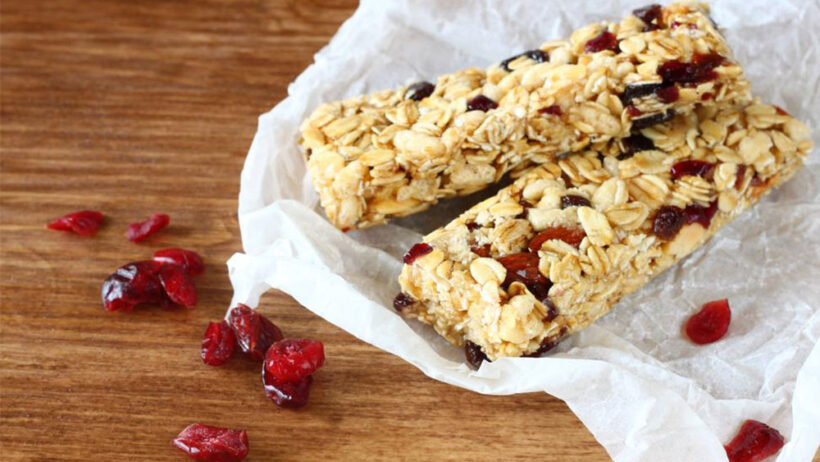Chronic Obstructive Pulmonary Disease (COPD) is a progressive lung condition characterized by airflow limitation that affects millions of individuals globally. Managing energy conservation while living with COPD is paramount to enhance quality of life and reduce the burden on respiratory muscles. This guide will elucidate effective strategies for conserving energy, focusing on breath management and strength enhancement.
Understanding the Energy Drain of COPD
Individuals afflicted with COPD often experience dyspnea, or shortness of breath, which can lead to significant fatigue. Each effort—be it simple tasks like dressing or walking—requires more energy when the lungs are compromised. Thus, recognizing the sources of fatigue is essential. Activities that demand excessive energy can exacerbate symptoms, leading to a vicious cycle of breathlessness and exhaustion.
1. Breathing Techniques to Conserve Energy
Utilizing specific breathing techniques can substantially reduce breathlessness, thereby conserving energy. Here are a few methods:
- Pursed-Lip Breathing: Inhale slowly through the nose for two counts, keeping the mouth closed. Then, exhale gently through pursed lips for four counts. This technique helps maintain open airways and improves ventilation, reducing the work of breathing.
- Diaphragmatic Breathing: Focus on using the diaphragm rather than shallow chest breathing. Lie on your back with your knees bent or sit comfortably. Place one hand on the chest and the other on the abdomen. Inhale deeply through the nose, ensuring the abdomen rises while the chest remains relatively still. This method maximizes lung function and reduces the metabolic demand of respiration.
- Controlled Breathing: Engage in purposeful breathing during exertion. For example, while ascending stairs, take two or three steps for each inhalation, followed by exhalation on the next steps. This rhythmic approach can help balance effort and breath.
2. Prioritizing Energy-Efficient Activities
Not all activities are created equal in the context of energy expenditure. Prioritization of tasks is crucial for effective energy conservation:
- Set Goals and Plan Ahead: Develop a daily schedule, outlining essential tasks. Focus on completing demanding activities during peak energy times, usually in the morning or following rest periods.
- Break Tasks into Manageable Segments: Divide larger chores into smaller, more manageable steps. This fragmentation helps maintain a steady pace without overwhelming the body.
- Incorporate Rest Periods: Integrate rest periods before, during, and after tasks. Frequent breaks will diminish fatigue and allow for adequate recovery.
3. Optimizing the Environment for Energy Conservation
The physical environment can significantly impact energy conservation strategies:
- Enhance Home Air Quality: Maintain optimal air quality through proper ventilation and the use of air purifiers. Clean indoor air reduces respiratory strain.
- Reduce Clutter: An organized space minimizes unnecessary movements. Ensure frequently used items are within easy reach to prevent excessive physical exertion.
- Utilize Assistive Devices: Employ tools such as grab bars, shower chairs, and long-handled utensils that assist in minimizing energy consumption during daily tasks.
4. Physical Strength Training and Conditioning
Strengthening the body plays a vital role in improving overall stamina and energy conservation. Engaging in regular, low-impact exercise enhances muscle strength, which is essential for efficient body function in COPD patients:
- Incremental Endurance Exercises: Activities such as walking, swimming, or cycling can gradually build cardiovascular fitness without overwhelming the respiratory system. Start slowly, increasing duration and intensity as tolerated.
- Strength Training Sessions: Implement resistance training exercises targeting major muscle groups. These can be performed using resistance bands or light weights, focusing on form and controlled movements to prevent undue strain.
- Flexibility and Stretching: Incorporating yoga or stretching exercises enhances overall flexibility. This not only aids in muscle recovery but also promotes relaxed breathing patterns.
5. Nutrition and Hydration
Nutrition directly influences energy levels and the overall health of individuals with COPD:
- Adopt a Balanced Diet: Emphasize whole foods, including fruits, vegetables, lean proteins, and whole grains. A well-nourished body is better equipped to handle daily demands.
- Monitor Caloric Intake: Ensure adequate caloric intake, as unintentional weight loss can exacerbate muscle weakness and breathlessness. Consult a dietitian for tailored nutritional strategies.
- Stay Hydrated: Proper hydration is key for maintaining mucus membrane health, aiding in the clearance of secretions. Aim for sufficient fluid intake unless otherwise contraindicated.
6. Psychological Strategies for Energy Management
Mental well-being plays a crucial role in managing COPD and can impact physical energy levels:
- Practice Mindfulness: Engaging in mindfulness or relaxation techniques can alleviate anxiety, which often exacerbates breathlessness. Focused attention on the present can lead to enhanced energy management.
- Engage in Support Networks: Social support from friends, family, or patient support groups can enhance well-being. Sharing experiences and coping strategies can provide invaluable emotional relief.
- Seek Professional Assistance: Counseling or therapy can help address psychological barriers affecting energy levels. A mental health professional can assist in developing effective coping strategies.
In summary, effectively managing energy conservation with COPD encompasses an integrative approach combining breathing techniques, physical activity, environmental adjustments, nutrition, and psychological strategies. Collaboratively, these measures empower individuals to enhance their quality of life while mitigating the impact of this debilitating disease.








